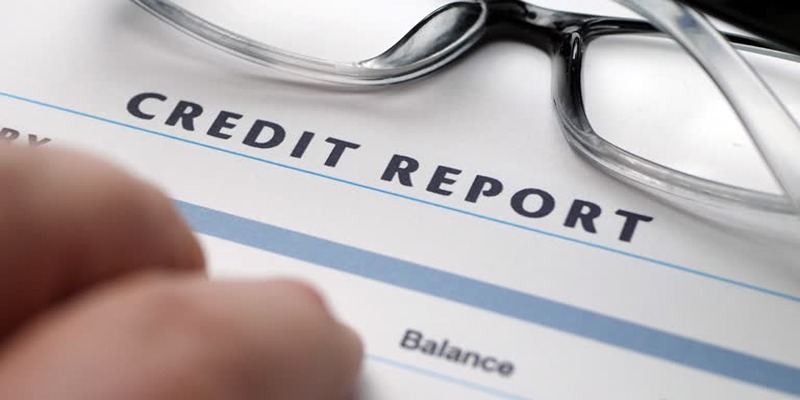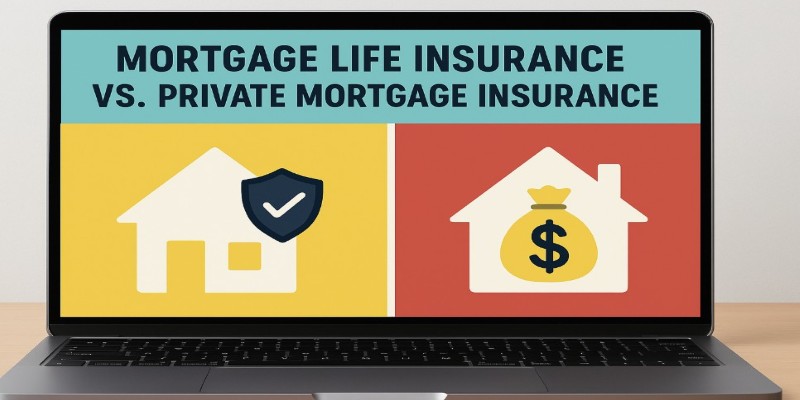Whether you're buying your first home or just trying to make sense of the paperwork that arrives with your tax bill, two numbers often spark confusion: assessed value and appraised value. They sound like they’re doing the same job — telling you what a property is worth — but in reality, they serve different purposes and come from different sources. If you’re not clear on the difference, don’t worry. This isn’t about complicated finance lingo or real estate jargon. This is about clarity — and saving yourself from headaches down the line.
Where the Numbers Come From — And Why That Matters
Let's start with the assessed value. This number is determined by your local government. It's used for one thing: calculating your property taxes. That's it. A county or city assessor, not a market expert, assigns this value based on a formula they follow, which might consider the recent sale price of your home, the market around you, any improvements made, and the standard percentage your area applies. And the result? It's often lower than what your house would sell for. That's intentional.
Now, appraised value, on the other hand, comes from a licensed professional. Typically ordered by a lender during the mortgage process, this figure is a snapshot of your property's worth in the current market. The appraiser comes to your home, walks through it, notes the condition, the features, and recent upgrades — and then compares it to similar properties nearby. It's much more detailed. And since the lender wants a reliable estimate of value before they loan you hundreds of thousands of dollars, accuracy is the whole point.
The Purpose Behind Each Value
If you're wondering why we even need two values, it all comes down to the people behind them and what they're trying to figure out.
Assessed Value = Property Taxes
Your local government uses this number to decide how much you owe in property taxes. They're not looking to tell you what your home is truly worth to a buyer; they're looking for a way to distribute the tax load fairly among residents. Because of that, the assessed value might be 80% of the market value — or even lower in some states. Every city has its own rules about this.
Appraised Value = Lender Security
Now, the bank's role is different. They're lending money, and they need to know if the property is worth the risk. That's why the appraisal process is detailed and consistent. It protects both you and them. It ensures that you're not overpaying and that they're not over-lending. In a fast-moving market, this number is more useful than the assessed value because it's based on what similar homes are selling for right now.
How They Impact You as a Homeowner
Here’s the part most people actually care about: which number affects you more? And the answer depends on the situation you’re in.
When You’re Buying a Home

You'll encounter the appraised value, not the assessed one. Let's say you make an offer on a house for $450,000. If the appraised value comes back at $420,000, the bank may only lend based on that lower number. Suddenly, you're faced with a decision: pay the difference in cash, renegotiate the price, or walk away. This is why appraisal matters so much when you're in buying mode.
When You Own the Home
Now, we shift back to the assessed value. Every year (or every few years, depending on where you live), the city or county reassesses your property's worth. If it goes up, so do your taxes. But this increase doesn't mean your home is suddenly more valuable to a buyer. It just means the tax office adjusted their estimate.
During a Refinance
This is where appraisal makes a comeback. Say you're trying to refinance your mortgage to get a better rate. The lender will order an appraisal, and if it comes in lower than expected, it could affect your ability to get approved — or influence how much you're allowed to borrow.
How to Challenge a Value (If You Really Have To)
Sometimes, the number just doesn’t seem right. Whether it’s your tax bill that caught you off guard or an appraisal that came in low during a refinance, there are steps you can take.
If You Disagree With the Assessed Value:
Review Your Property Card
Most local governments maintain a public record showing what features and facts were used to assess your home. Check for errors — like square footage that's off or rooms that don't exist.
File an Appeal

There's usually a window during which you can challenge the assessment. Submit any evidence — recent comparable sales, an independent appraisal, or photos — to support your case.
Attend a Review Hearing
In many areas, you'll be invited to present your case in front of a local review board. Bring clear, specific details. Be brief; be factual.
If You Disagree With an Appraised Value:
Get a Copy of the Report
Look it over carefully. Did the appraiser use outdated comps? Overlook upgrades? Make a note of anything that seems off.
Submit a Reconsideration Request
You can ask your lender to review the appraisal. Include any supporting documents, like a list of recent sales or photos of improvements that weren’t accounted for.
Order a Second Appraisal (if allowed)
It's not always an option, and it might come out of your pocket — but in certain cases, a lender may approve a new one, especially if there are substantial concerns with the original.
Wrapping Up
Assessed value and appraised value may seem like two sides of the same coin, but they operate in separate lanes. One is about your yearly tax bill, and the other is about your home’s worth in the eyes of the market. Confusing them can lead to misjudged expectations, especially when buying, refinancing, or planning your budget. But when you understand who’s behind each number and why it exists, it all starts to make a lot more sense — and gives you just enough insight to avoid surprises.












